Recovering from Chaos
In this case study, written by Eddy Pokluda of Haag Construction Consulting, we examine the recovery and restoration process after a flood event. The identifying details have been changed below, but this case is indicative of several Mr. Pokluda has worked on.
After three days of constant rain, the nearby river was rising quickly. Employees at Olmstead Printing in Baton Rouge didn’t worry too much however. A recently completed construction project had improved flood control along the river to withstand a 100-year flood. In fact, it was that river-improvement project which allowed construction to take place here, so close to the river, at all. Four more days of rain later, however, that 100-year flood became a 500-year flood—well beyond the flood control systems in place.
Olmstead Printing’s offices and printing floor were flooded from both rising water and roof leaks. Power was lost, and nothing more could be done to keep out the rising water. Employees left the facility to secure their own homes and families. The disaster came and went in a very short period of time, leaving an enormous amount of damage in its wake.
As a business owner, there is a solitary moment in the midst of chaos. The water is receding, it’s time for damage assessment, and major decisions are upon you. You feel pressure from restoration contractors to “just sign right here” and get the process started. You’re being asked to authorize payment for huge sums of money in a relatively short period of time.
As water extraction begins, restoration contracting personnel are everywhere. They switch on generators, position drying equipment, place fans on the floor, and inflate lay-flat with dryers. Some of the restoration staff seems to be working, and others not so much. You’ve been promised a plan soon, but hours turn into days with no scope or timeline mapping out the estimate originally submitted to you.
Meanwhile, your employees are not working, and those unfilled orders have your competitors (unaffected by the flood) licking their chops for your business. Just as you see some progress, the restoration contractor wants to meet with you and the insurance adjuster. He tells you that due to the inability to successfully dry building materials, there is a threat of mold. The offices need sheetrock, flooring, and ceiling tiles removed. Oh, and by the way, please sign this change order of $200,000 dollars to complete.
As your insurance adjuster authorizes this change order in her makeshift office outside, you notice employees returning to work at the warehouse next door. Your business, however, doesn’t open again until after two more weeks of waiting, two additional change orders, loss of production, potential loss of customer base, and loss of some good employees.
You visit your neighbor to see how they recovered so quickly. Time is money, and you know your neighbor spent less money than you. What was their advantage?
Here is how recovery was handled at the facility next door:
- A construction consultant required the contractor to submit within 24 hours the following:
- Scope of Work
- Contractor Rate Schedules (including labor, equipment, materials, consumables and chemicals)
- A Critical Path of Management (Timeline) with projected finish date
- A “Not to Exceed” Estimate
- This process/review of documentation immediately revealed a few major discrepancies:
- The water was a category 2 (IICRC S500 Standard), and had already wicked in excess of 18 inches up the drywall (Sheetrock).
- Wicking of water over 18 inches above the floor necessitated that the Sheetrock be removed 4 feet up from the floor with minimum drying equipment for ambient control of offices and equipment.
- A much smaller generator would be necessary than initially estimated, and the generator could be removed when power was restored, eliminating its fuel cost as well.
- Computations of required drying equipment were flawed (what contractor had on trucks would be used–which was too much), thus a further reduction.
- When power was restored, HVAC units that were not damaged would further reduce ambient control equipment.
- During clean-up and sanitization processes, a contractor for replacing Sheetrock was mobilized for rebuild along with material.
- A construction consultant set and monitored recovery guidelines:
- Contractors would document any discussions, issues, or recommendations in a concise and exact manner (job book).
- Copy of Crew Assignment Sheets (specific tasks, labor category, areas worked)
- Daily Equipment Usage Sheets (billable equipment)
- Daily Materials/Consumable Usage Sheets
- Invoices for expenses for vendors, sub-contractors, reimbursable items
- Change Order must be requested and approved in order to increase “Not to Exceed” Estimate.
Your neighbor’s insurance carrier and adjuster knew this type of loss could be problematic without proper management. They contacted a trusted construction consultant to oversee the restoration and construction professionals, thus managing the timeline and the costs. Ultimately, engaging a construction consultant meant your neighbor’s loss was resolved in about half the time and half the cost.
About the Author:
Eddy Pokluda has over twenty-five years of dedicated service in the field of commercial property loss restoration. Mr. Pokluda has experience and credentials in water damage, fire damage, structural drying, document restoration, and mold remediation. He has been involved in the majority of major catastrophic events in the U.S., Canada, Caribbean, Guam, Mexico, and South America, playing multiple roles including project management, scoping/estimating, consulting, and marketing. From hurricanes to earthquakes, tornadoes to floods, 9/11, Hurricane Sandy, and numerous other non-weather related events, Eddy’s ability to analyze a loss and devise a subsequent course of action has provided positive results for countless insurance professionals in the U.S. and abroad.
As Senior Construction Consultant for Haag, Mr. Pokluda manages restoration, construction, estimating, and loss analysis projects for clients to ensure that your loss will be mitigated cost effectively and efficiently. Contact Eddy Pokluda, Haag Senior Construction Consultant at 215.614.6500 or epokluda@haagglobal.com .

